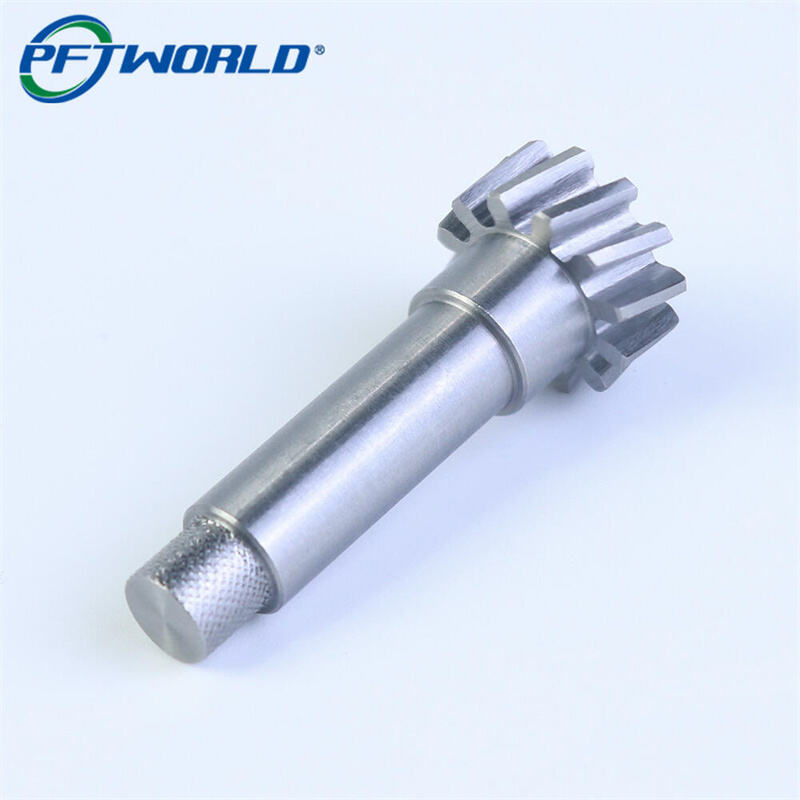Top 10 Trends in CNC Machining for 2025
The sharp whirring sound of a spindle cutting through aluminum still rings in my ears. Standing next to the CNC milling machine, I can feel the subtle vibration under my boots, and the smell of coolant lingers in the air. That moment always reminds me why precision matters—because one slight miscalculation in feed rate (the speed at which material is fed into the tool) could mean scrapping an entire batch of parts. For you, as a factory procurement manager, those details are not just “shop talk.” They mean cost, delivery time, and ultimately, your reputation with your clients.
So, what’s really shaping CNC machining in 2025? Let’s dive into the top 10 trends you should keep an eye on.
1. AI-Driven Process Optimization
Artificial Intelligence (AI) in machining means using algorithms to adjust cutting speed and tool paths automatically. For instance, when milling stainless steel 316L, AI can detect tool wear and adapt spindle speed. The benefit? Less downtime. You’ll notice fewer surprises on your purchase orders.
2. Hybrid Manufacturing (CNC + 3D Printing)
Hybrid systems combine subtractive machining with additive manufacturing (3D printing). Imagine printing a near-net shape titanium part, then finishing it with CNC milling for tight tolerances. This saves both material and machining time—two things every buyer cares about.
3. IoT-Enabled Machines
The Internet of Things (IoT) simply means your machines are “talking” to each other through sensors. Example: A CNC lathe alerts your ERP system before the spindle bearing overheats. That means you don’t wait for failure—you act before it happens. Proactive, not reactive.
4. Advanced Materials: Beyond Aluminum and Steel
In 2025, procurement isn’t just about aluminum 6061 or stainless steel. You’ll see more machining of composites (fiber-reinforced plastics) and superalloys (like Inconel, known for heat resistance). The catch? Higher tool wear. But with the right suppliers, you’ll still hit deadlines.
5. Sustainability and Green Machining
Coolant recycling systems, energy-efficient drives, and near-dry machining (minimal lubricant use) are no longer “nice-to-have.” One of our clients once won a big aerospace contract because their supplier could prove 20% less energy use per part. Procurement decisions are increasingly tied to sustainability KPIs.
6. Automation and Robotic Handling
Picture this: A robotic arm loads raw billets onto the CNC, runs overnight, and stacks finished parts neatly by morning. That’s unattended machining. For procurement, it means lower labor costs and higher predictability in lead time.
7. Digital Twins in Machining
A “digital twin” is just a virtual copy of a machine or process. Let’s say you need 1,000 aluminum housings. A digital twin simulates tool wear and thermal distortion before actual production starts. That reduces your risk of last-minute redesigns.
8. Cloud-Based Quality Control
Inspection data no longer lives on paper sheets. Coordinate Measuring Machine (CMM) data is uploaded to the cloud, where procurement teams like you can log in and check tolerance reports in real time. No more waiting for an email attachment. Instant visibility!
9. Mass Customization at Scale
Clients no longer want just “bulk orders.” They want 500 parts, each slightly different. With modern CNC and CAM (Computer-Aided Manufacturing) software, suppliers can run short batches with fast changeovers. You’ll start hearing the phrase “lot-size one” more often.
10. Cybersecurity in Manufacturing
It might sound odd, but CNC machines are now targets for cyberattacks. A hacked G-code (the programming language CNC machines use) could alter dimensions subtly. That means procurement managers must look for suppliers with strong IT and data protection policies.


